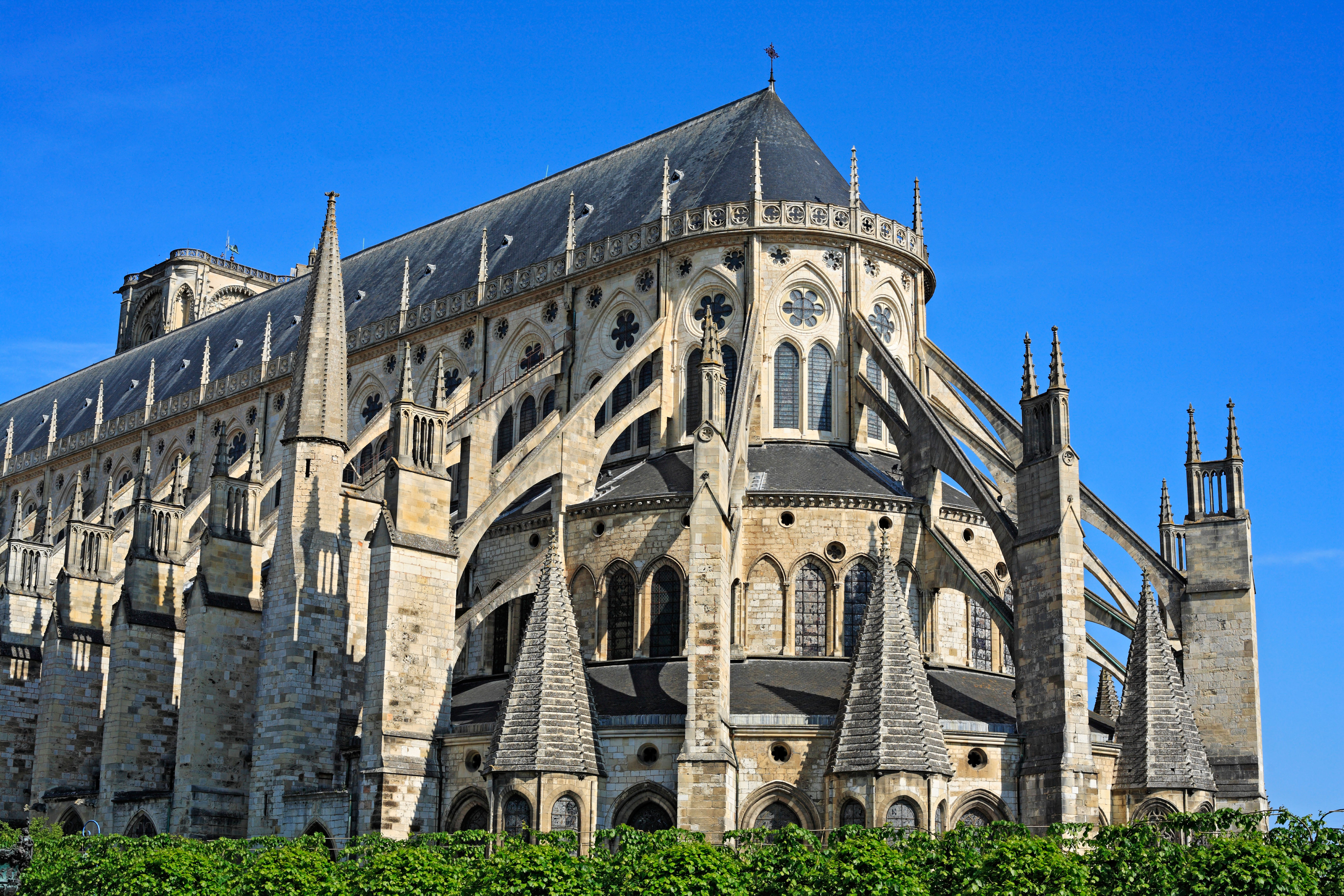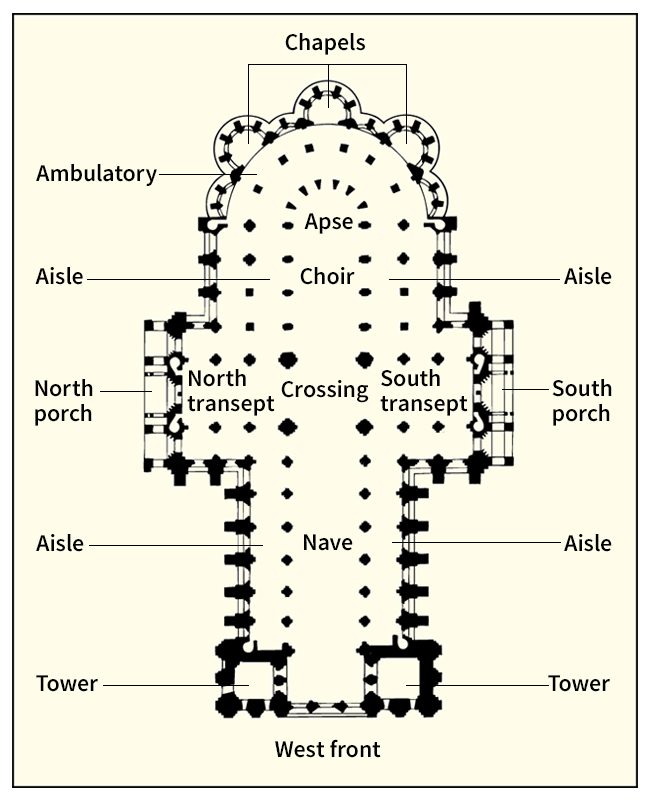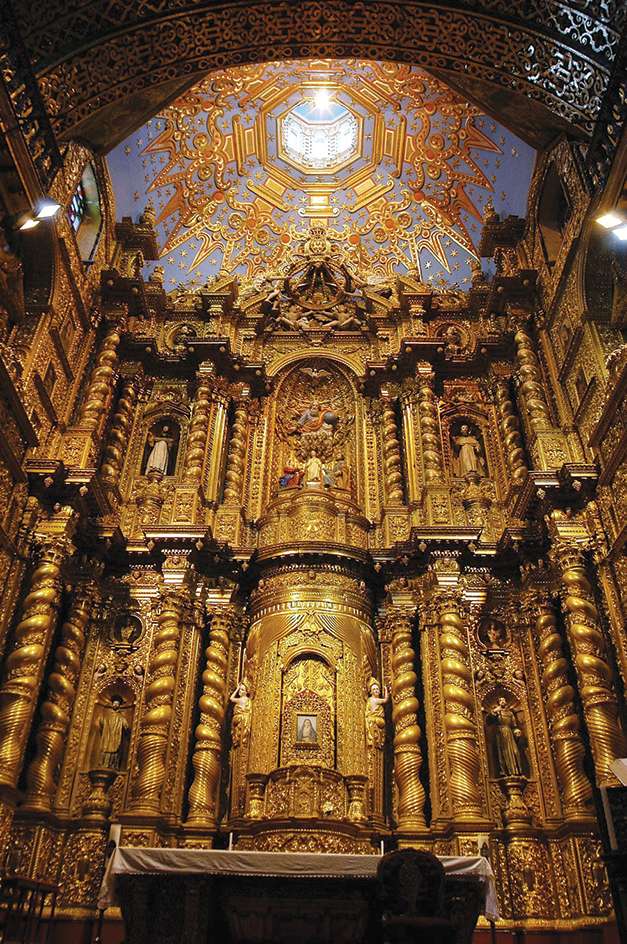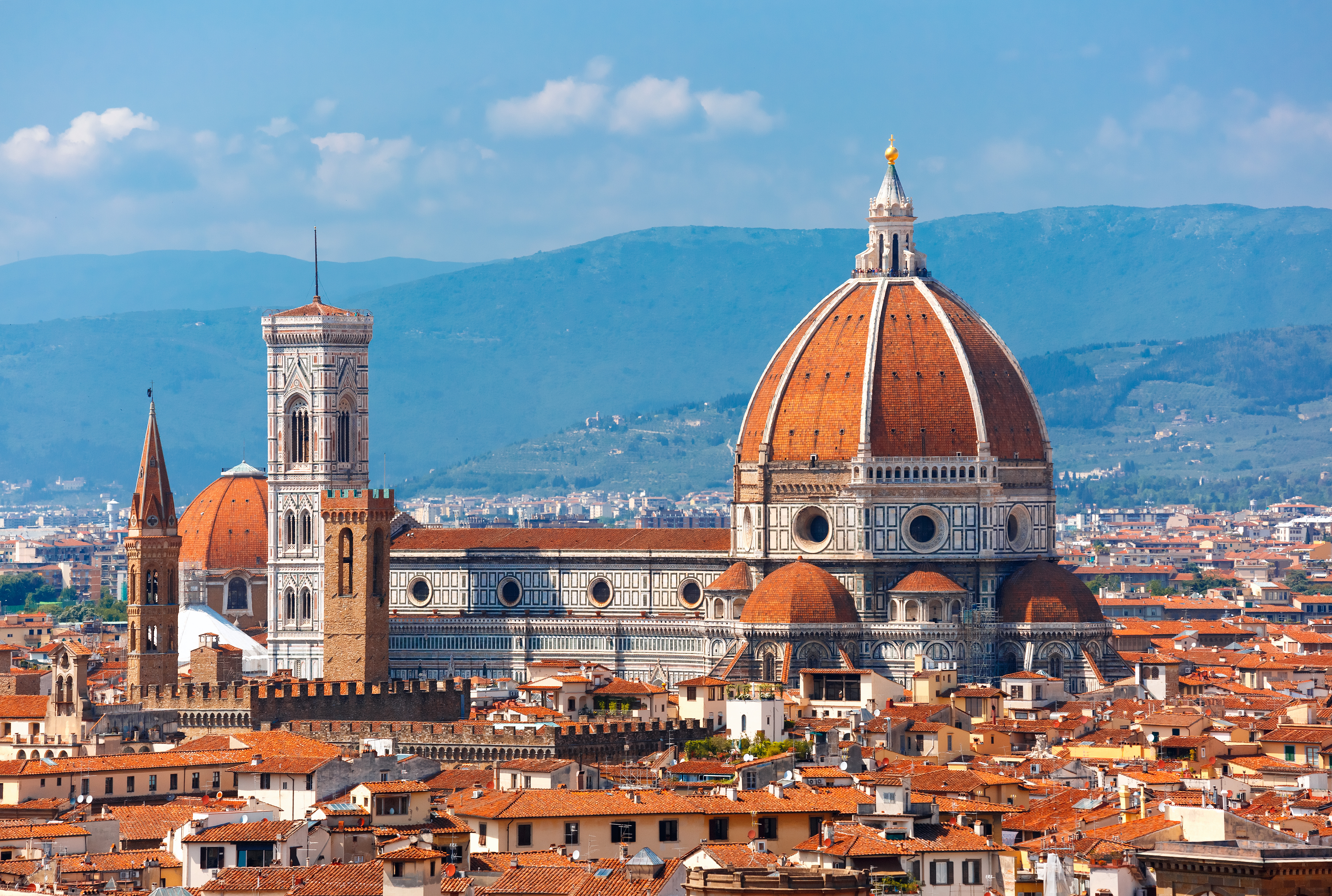Cathedral is the church of a bishop of some Christian denominations. It is also the administrative headquarters of a diocese, a church district headed by a bishop. The bishop’s throne, a symbol of the office, is located in the cathedral. The word cathedral comes from the Greek word kathedra, meaning seat. Only the Anglican, Eastern Orthodox, and Roman Catholic denominations and some Lutheran groups have cathedrals.

Medieval cathedrals, especially in France, were usually located in the middle of town and served as a center of public life. Markets and meetings, as well as daily church services, were held there. Though cathedrals continue to be built today, their importance as centers of town life has declined.
The plan of a cathedral.
No church laws specify the design of a cathedral. However, cathedrals in Western religions have traditionally been built according to the general plan of a medieval cathedral. For a description of Eastern Orthodox cathedrals, see Byzantine art .

Most cathedrals are built in the shape of a cross. The main entrance is at the west end, at the bottom of the cross. A long central aisle, called the nave, and two side aisles extend from the entrance. The two arms of the cross, called the transepts, meet the nave at the crossing. Worshipers assemble in the nave and transepts.
The altar and the seats for the choir lie at the east end of the nave, in front of a semicircular area called the apse. A walkway called the ambulatory extends around the apse and may open onto several chapels. The bishop’s throne usually stands to one side of the altar.
Through the years, architects have made changes in the basic plan of a cathedral. For example, architects of the 1600’s designed cathedrals with extremely short transepts so the entire congregation could see the altar. However, most modern cathedrals have retained major features of the medieval design.
Cathedral at night
Historical importance of cathedrals.
The greatest era of cathedral building occurred in Europe during the Middle Ages from around 1000 to 1500. Medieval cathedrals were often magnificent structures built both to inspire and to teach. Cathedrals were filled with carved sculptures. Their walls were lined with paintings or stained-glass windows that portrayed scenes from the Bible and the lives of the saints. These scenes made up a visual encyclopedia of medieval knowledge for the many worshipers who could not read.

Famous cathedrals.
Many cathedrals of western Europe are famous for their great beauty. France is the home of some of the most magnificent cathedrals, including those in Amiens, Chartres, Paris, Reims, and Strasbourg. St. Paul’s Cathedral in London and the cathedrals at Canterbury, Salisbury, Lincoln, and York are among the greatest English cathedrals. Other famous European cathedrals include the Cologne Cathedral in Germany and the Milan Cathedral in Italy. The Seville Cathedral in Spain is the largest cathedral in Europe.

A number of North American cathedrals were built in the style of the great European cathedrals. Outstanding U.S. cathedrals include St. John the Divine and St. Patrick’s Cathedral, both in New York City. A well-known Canadian cathedral is the Cathedral-Basilica of Mary, Queen of the World, in Montreal. The Metropolitan Cathedral in Mexico City dates from the 1500’s and is the oldest in North America.
